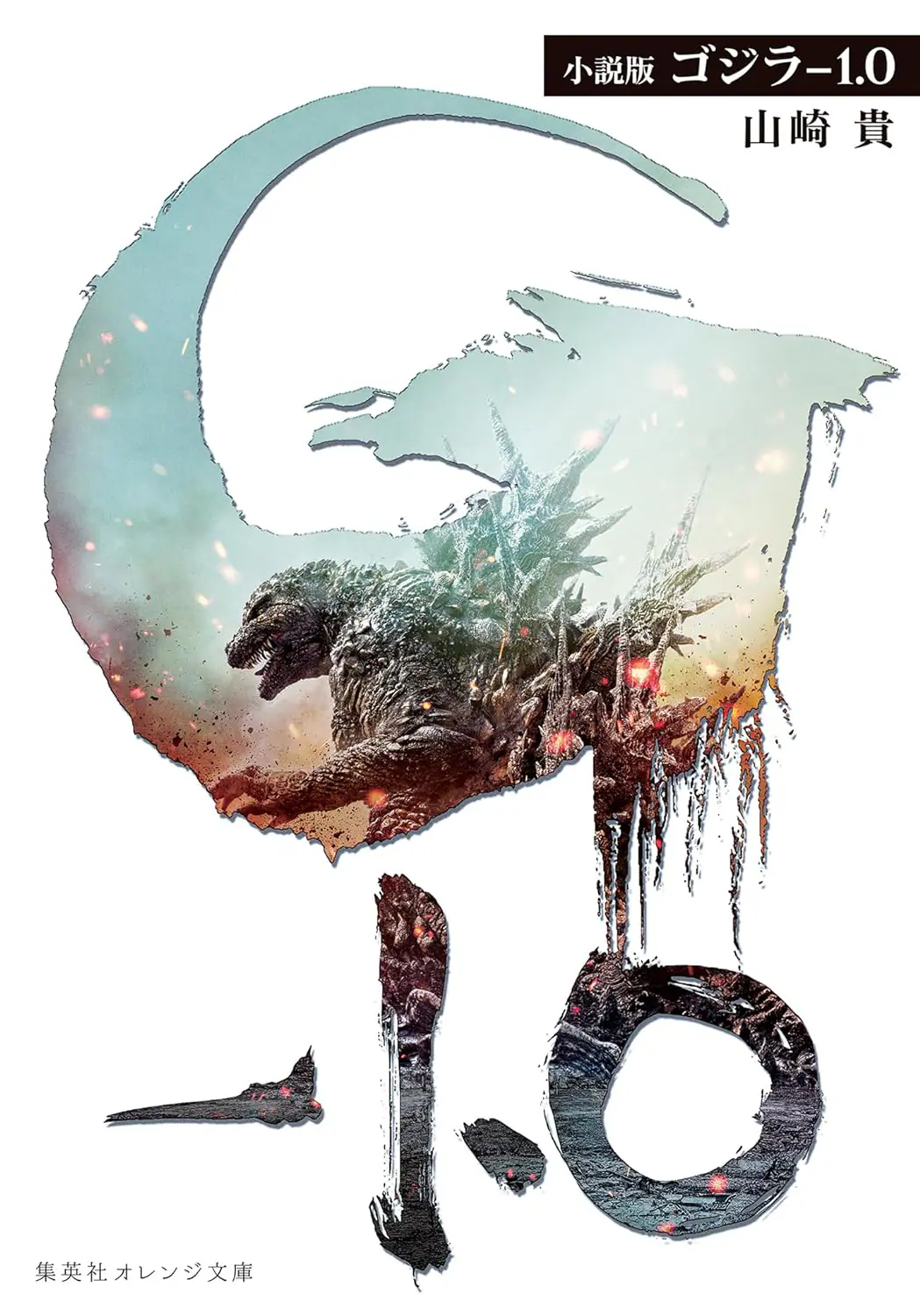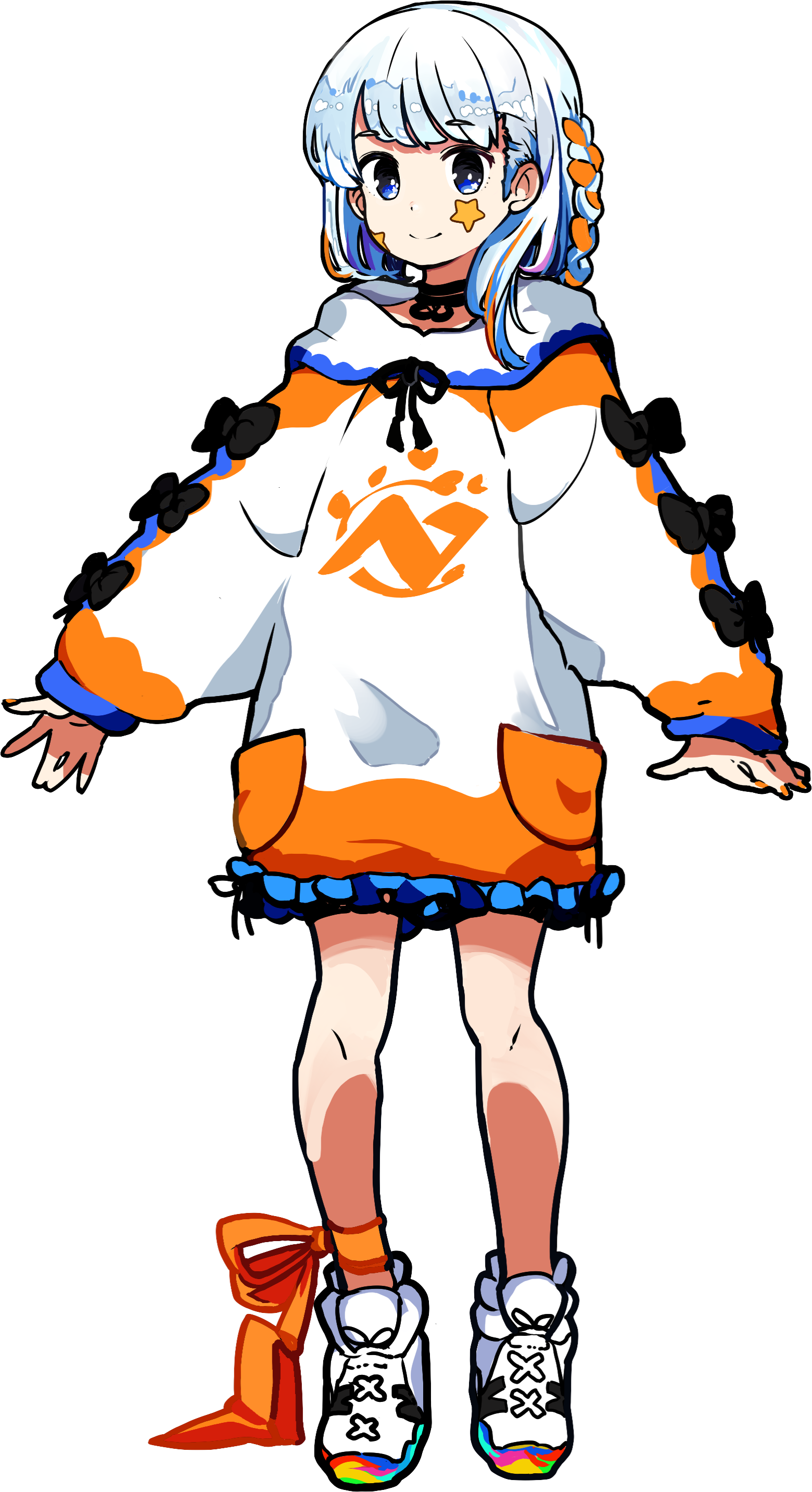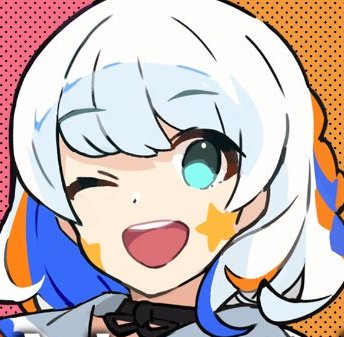The Truth Behind the Climax in “Novel Version Godzilla-1.0” – What Do the Black Rain and Black Bruise Signify?
- Category : Anime
- Tags: anime, Godzilla-1.0, Novel Version Godzilla-1.0

On November 3rd, the movie “Godzilla-1.0” surpassed one million viewers in just eight days since its release. The film, depicting Godzilla trampling through the streets of Ginza and blowing up the National Diet Building in a fierce battle, has instilled fear in many at the thought of its actual appearance. However, reading “Novel Version Godzilla-1.0” (Shueisha Orange Bunko), written by director Takashi Yamazaki, reveals a different kind of fear of Godzilla beyond the screen’s intensity, making one curious about what lies beyond the film’s grand finale.
In “Godzilla-1.0,” one of the film’s highlights is the acting of Ryunosuke Kamiki. At the start, Kamiki, as a kamikaze pilot named Hiroshi Shikishima, flees from his suicide mission in a Zero fighter plane, landing on Oto Island. Although he reports a malfunction, the maintenance crew sees through his excuse as an escape from the kamikaze mission. Despite trying to appear calm, Shikishima’s unease is evident in Kamiki’s expressions and gestures.
The film lets viewers sense his internal conflict through his acting, but his reasons for fleeing are not explicitly stated. The novel, however, reveals Shikishima’s thoughts of “If I can just survive, I can keep my promise to my mother,” providing clarity to his actions.
At night, when Godzilla lands on the island, Shikishima, asked by Tachibana to shoot at Godzilla with the Zero’s 20mm machine gun, hesitates and doesn’t fire. Kamiki’s portrayal is filled with the cowardice of a man who fled his mission. The novel adds Shikishima’s thought: “I can’t possibly be safe after shooting a monster like this,” suggesting his inaction wasn’t due to fear alone.
“People shouldn’t meddle with such a creature.” Such sentiments toward Godzilla, painted with awe and ferocity, are evident in the novel. This reverential attitude toward Godzilla is seen when those involved in its defeat salute the creature as it disappears into the sea.
Viewers may wonder why they salute Godzilla, a monstrous enemy responsible for destruction and thousands of deaths. The novel describes the salute as “the ultimate requiem.” “After all, this beast was burned by human folly and grotesquely transformed into a victim.”
The salute is an expression of remorse for Godzilla, who was burned in the Bikini Atoll nuclear tests, regenerating but deforming and growing massive due to radiation.
The novel, authored by the director himself, deepens understanding of the film, particularly highlighting the terrifying aspects not explicitly mentioned in the movie.
In Tokyo Bay, Godzilla destroys the Nichigeki Theatre and obliterates the Asahi Newspaper headquarters with its tail, then faces artillery fire in front of the Diet Building. Godzilla’s retaliatory heat ray evokes thoughts of nuclear explosions.
The novel describes this scene as follows: “Godzilla’s dorsal fins protruded with a clattering sound, reminiscent of an implosion-style atomic bomb, just before releasing the heat ray.” This direct description in words implies the destructive power comparable to nuclear weapons, suggested in the film by the mushroom cloud.
In the movie, black rain falls on Shikishima after the encounter with Godzilla. While some may have perceived it, the novel explicitly states, “Suddenly, a sinister black rain began to fall,” hinting at radioactive rain, raising concerns for Shikishima’s health.
In the movie’s climax, Shikishima and others, including Hideaki Yoshikawa as former navy engineer Noda and Kuranosuke Sasaki as minesweeper captain Akitsu, participate in the “Operation Wadatsumi” to annihilate Godzilla, who retreated to the sea after rampaging through Ginza. Kamiki portrays Shikishima, who fled from death, now seemingly seeking a place to die, with a resolve absent at the movie’s beginning.
While the movie’s end seems like a fitting grand finale, certain scenes raise concern. One such is the appearance of black bruises on people who survived Godzilla’s chaos in Ginza. The novel points out, “A small black bruise-like mark crawled up the neck,” suggesting something ominous beginning.
Furthermore, “Deep in the sea, among Godzilla’s dismembered parts, a particularly large fragment throbbed heavily,” hints at a potential revival. Reflecting back to the first “Godzilla” in 1954, Dr. Yamane’s line, “I don’t believe this Godzilla was the last one,” led to the enduring Godzilla series.
Dr. Yamane’s line about the continued hydrogen bomb tests possibly leading to more Godzillas was a warning to humanity persisting with nuclear experiments. The black bruise and the potential resurgence of Godzilla are perhaps warnings to humanity about the consequences of maintaining weapons of mass destruction. While these messages should be taken as cautionary, the story itself, with its “cliffhangers,” leaves one curious about the future scenarios it might unfold.
The future expectations set by the film’s visuals and further elaborated in the novel raise questions about their fulfillment. To see these expectations realized, the audience of “Godzilla-1.0” would need to surpass the 5.5 million viewers of “Shin Godzilla.” Only then can we anticipate what might come next in this enduring series.




No Comments